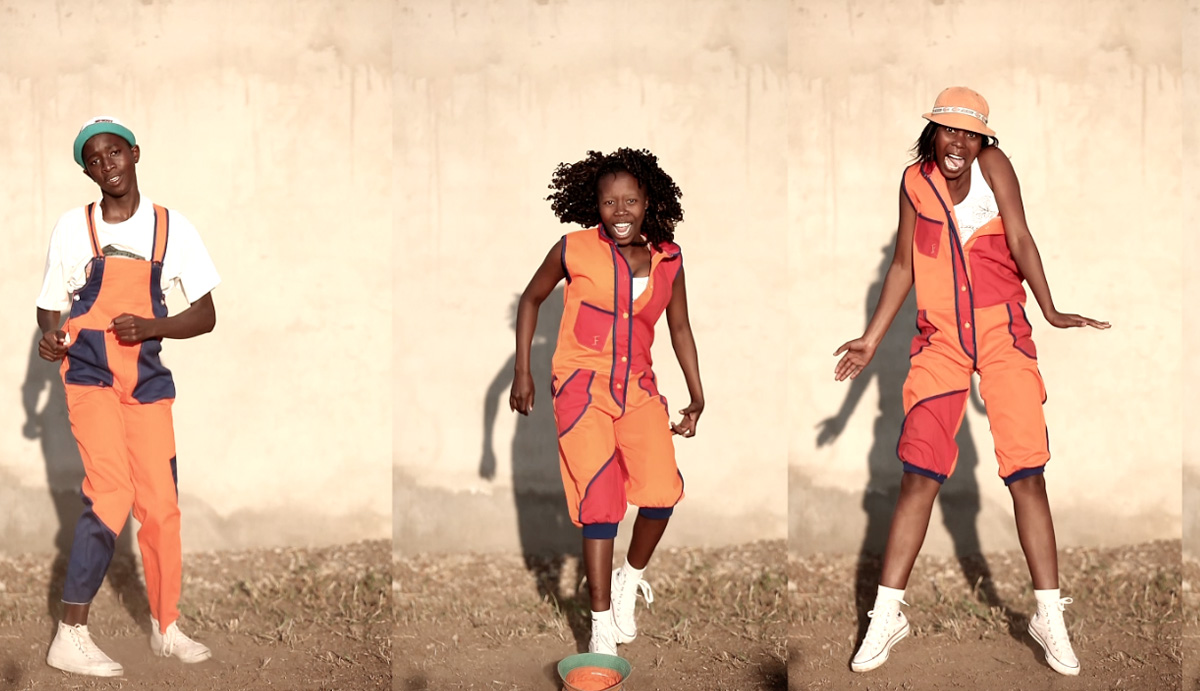Random Acts for Channel 4
Composing music to movement
Composing music to movement. Having spent time at Wieden + Kennedy researching the affect of sound and music in augmented reality, Karl Sadler studied biometrics, movement and gestures, specifically around running and how that could create better athletic performance. This inspired film analysed frame by frame body motion, and a new form of music composition and writing process was created.
Obelisk founder Karl Sadler was commissioned to create a short threeminute film by Dazed & Confused magazine in 2013. This film is an experimental investigation into both working practices and celebrating the beauty ofinternational culture and identity in an internet age. “The brief was really for me to try and work with a stranger, or bunch of strangers, in another country I had never visited, over Skype, and create a film through the process of collecting field recordings and editing them to expressive dancers.” Karl worked quickly with Chris Saunders, discussing the moving image and while Chris prepared the visual side of the project, Karl used a portable sound device to capture the ambient noises of where he lived in Brixton. “ I knew I was going to be applying sound to dancers from Johannesburg, but I wanted the audio to come from where I was in London. In Brixton where I live, I thought I’d get some good diverse sounds, but when you rule out voices, really my daily soundscape is filled with traffic, industrial sounds and sirens – wind and noise and tension. The end results show a stark contrast and dystopian feel to a piece of music, where normally and naturally, I’d look at an image like this and compose music in a much more upbeat and melodic and friendly way.” Karl and Chris’ Process V3 has aired on Channel 4 several times in the last couple of years, and the pair have since discussed doing more remote collaborations with dancers, potentially using computer vision technology to track and compose music in realtime from dance.
